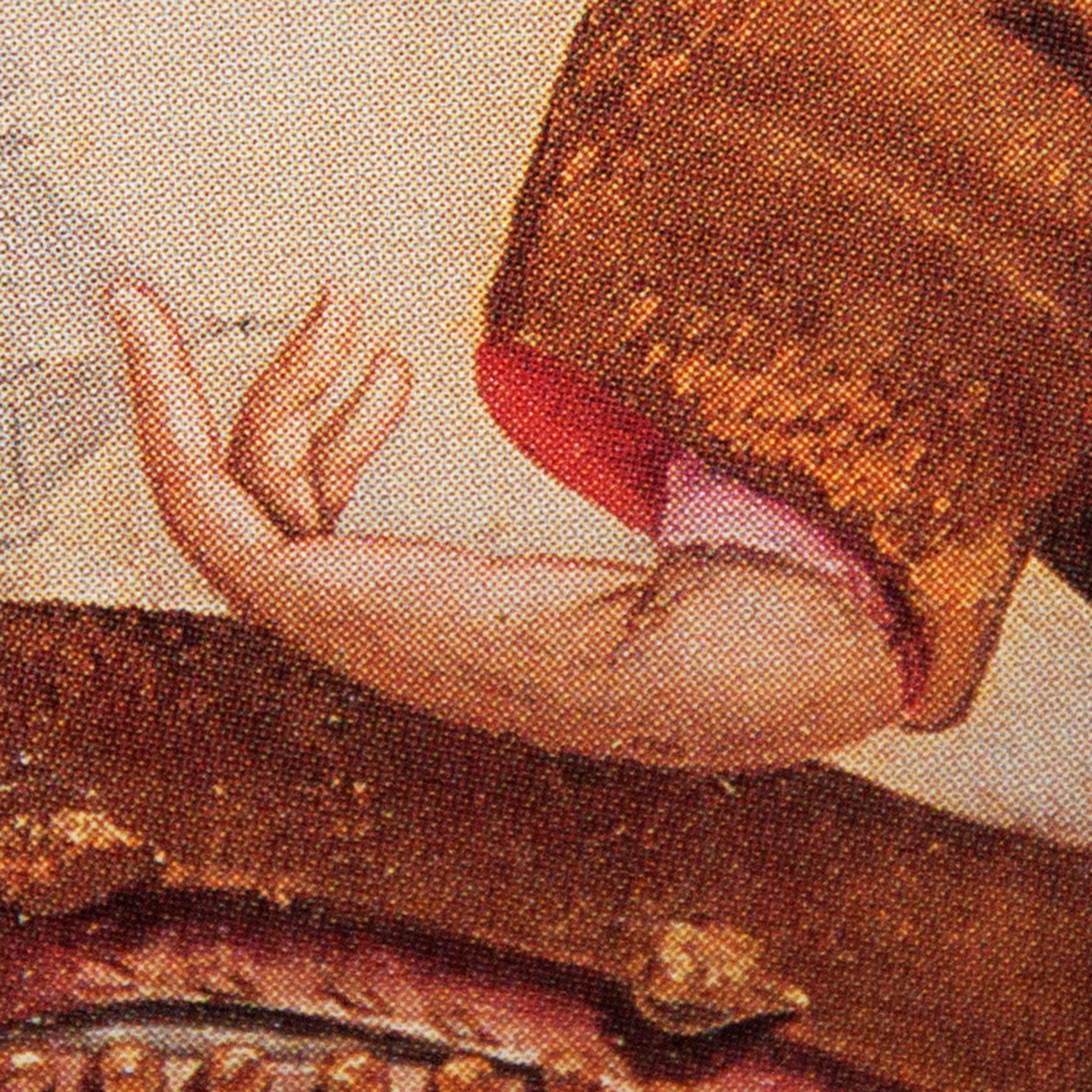LEISE FUCHS
collaboration with Yesim Akdeniz
2016
Even though they both studied at the Kunstakademie Dusseldorf and De Ateliers Amsterdam, lived in Germany and Turkey at various times, and have researched 'Orientalism' for previous works, 'Leise Fuchs' is the first collaborative show by artists Yesim Akdeniz (lstanbul) and Christoph Westermeier (Düsseldorf). In this site-specific installation, as the artists question the notion of ‘Silence’ in society, they playfully narrate issues related to the mechanism of staying silent or being silenced, of covering or veiling the uncomfortable and unfitting. At the same time, by naming the exhibition after a sign that stands for silence as well as for violent nationalism, the two artists concentrate on the generalization of stereotypes as well as the question of authorship.
After 17th century military operations by the Ottoman Empire in Europe ceased, Turquerie, a trend that impacted architecture, dance, music, fashion and art, became fashionable as western aristocracy started to view the Ottoman Empire as a mysterious place with unknown treasures. Various publications and prints of iconic oriental paintings created an image that still defines the look of orientalism. The collection of Turquerie paintings in the Vurberk gallery, now at the castle of Ptuj, Slovenia, is an outstanding example of this trend. For Akdeniz and Westermeier this collection of 47 paintings , showing Ottoman nobleman, pashas, dignitaries and their families, played a key role in the discussion of ''Leise Fuchs''. From a western perspective, anything east of Europe is viewed as oriental, thus the collection also contains case studies about different cultures associated with orientalism such as Greek, Jewish, Persian, Oriental, African, Indian, Chinese men and women.
The exhibition 'Leise Fuchs' flirts with the ironic fact that paintings in this collection were painted by at least ten different painters. Clichés and stereotypes used had different meanings depending on the relative cultural background of the artist. Yesim Akdeniz and Christoph Westermeier made new works for the 'Leise Fuchs' exhibition that point out some of the misunderstandings and fascinations of other cultures.
Yesim Akdeniz, (b. lzmir 1978). She studied at the Kunstakademie Düsseldorf in 2002 and was a participant at deAteliers in Amsterdam from 2002-2004. She was awarded the Peter Mertes Stipendium in 2006. Akdeniz has exhibited in many group shows and solo exhibitions including ; MAK museum für moderne kunst, Vienna; Stedelijk Museum Amsterdam; Guggenheim gallery, Los Angeles; Kunstverein Frankfurt; and Kunstverein Bonn.
Christoph Westermeier, (b. Cologne 1984). He studied at the Kunstakademie Dusseldorf in 2010 and was a participant at De Ateliers in Amsterdam from 2011-2013. He was awarded the Förderpreis NRW in 2013 and Peter Mertes Stipendium in 2010. Westermeier has exhibited in many group shows and solo exhibitions including: Kunsthaus NRW Kornelimünster; Museum für Gegenwartskunst Siegen; Stedelijk Museum Bureau Amsterdam; Westfälischer Kunstverein Münster; De Appel Arts Centre Amsterdam; Coalmine Winterthur; and Museum voor Moderne Kunst Arnhem. In 2014 he lived and worked in Istanbul through Kunststiftung NRW.
Poligon the Shooting Gallery, Istanbul, 2016
LEISE FUCHS
Installation view, Yesim Akdeniz “we can not talk about it I-III“ oil on canvas different sizes, 2016, Christoph Westermeier “Leisefuchs I-XVII” ceramic, 15x15 cm, 2016, Yesim Akdeniz and Christoph Westermeier “Leise Fuchs”, wood, fabric, satin, dimensions variable, 2016









Recent